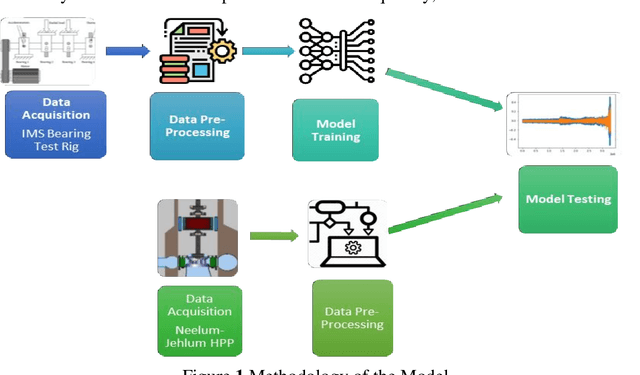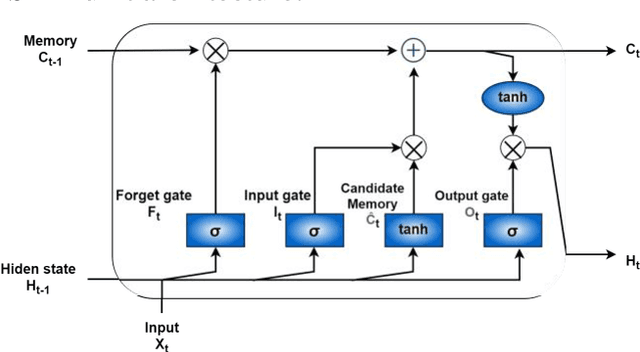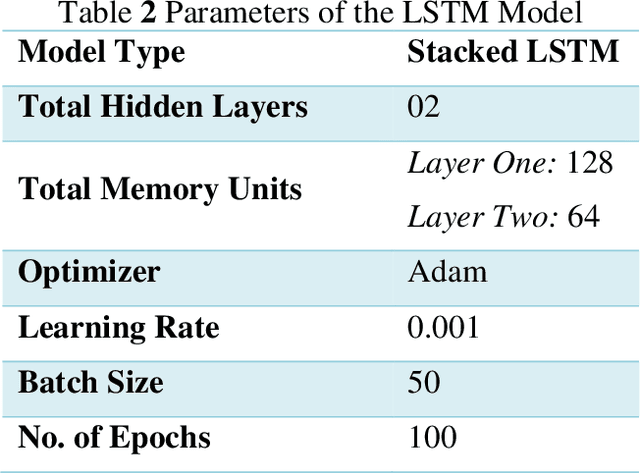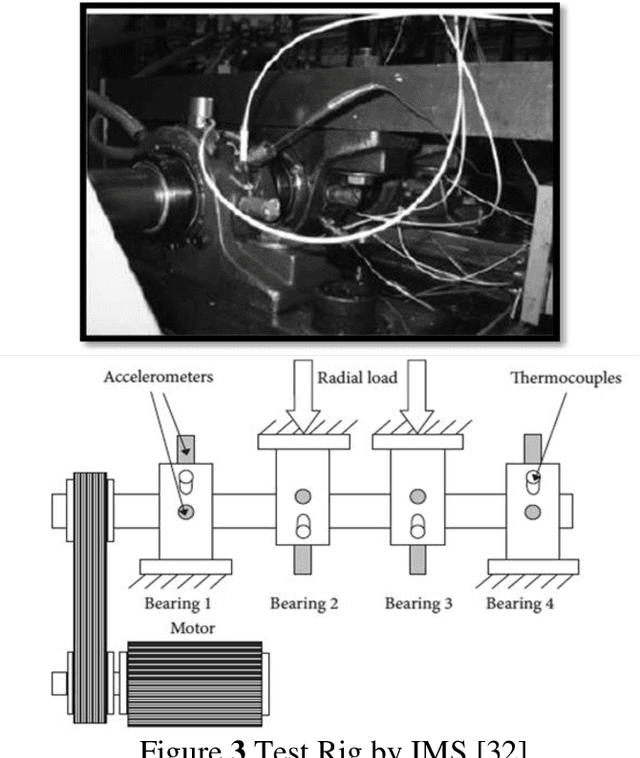Laiq Hasan
A Fault Prognostic System for the Turbine Guide Bearings of a Hydropower Plant Using Long-Short Term Memory (LSTM)
Jul 26, 2024



Abstract:Hydroelectricity, being a renewable source of energy, globally fulfills the electricity demand. Hence, Hydropower Plants (HPPs) have always been in the limelight of research. The fast-paced technological advancement is enabling us to develop state-of-the-art power generation machines. This has not only resulted in improved turbine efficiency but has also increased the complexity of these systems. In lieu thereof, efficient Operation & Maintenance (O&M) of such intricate power generation systems has become a more challenging task. Therefore, there has been a shift from conventional reactive approaches to more intelligent predictive approaches in maintaining the HPPs. The research is therefore targeted to develop an artificially intelligent fault prognostics system for the turbine bearings of an HPP. The proposed method utilizes the Long Short-Term Memory (LSTM) algorithm in developing the model. Initially, the model is trained and tested with bearing vibration data from a test rig. Subsequently, it is further trained and tested with realistic bearing vibration data obtained from an HPP operating in Pakistan via the Supervisory Control and Data Acquisition (SCADA) system. The model demonstrates highly effective predictions of bearing vibration values, achieving a remarkably low RMSE.
Relevance Classification of Flood-related Twitter Posts via Multiple Transformers
Jan 01, 2023


Abstract:In recent years, social media has been widely explored as a potential source of communication and information in disasters and emergency situations. Several interesting works and case studies of disaster analytics exploring different aspects of natural disasters have been already conducted. Along with the great potential, disaster analytics comes with several challenges mainly due to the nature of social media content. In this paper, we explore one such challenge and propose a text classification framework to deal with Twitter noisy data. More specifically, we employed several transformers both individually and in combination, so as to differentiate between relevant and non-relevant Twitter posts, achieving the highest F1-score of 0.87.
 Add to Chrome
Add to Chrome Add to Firefox
Add to Firefox Add to Edge
Add to Edge